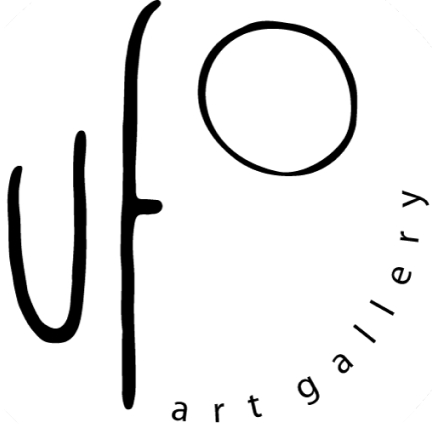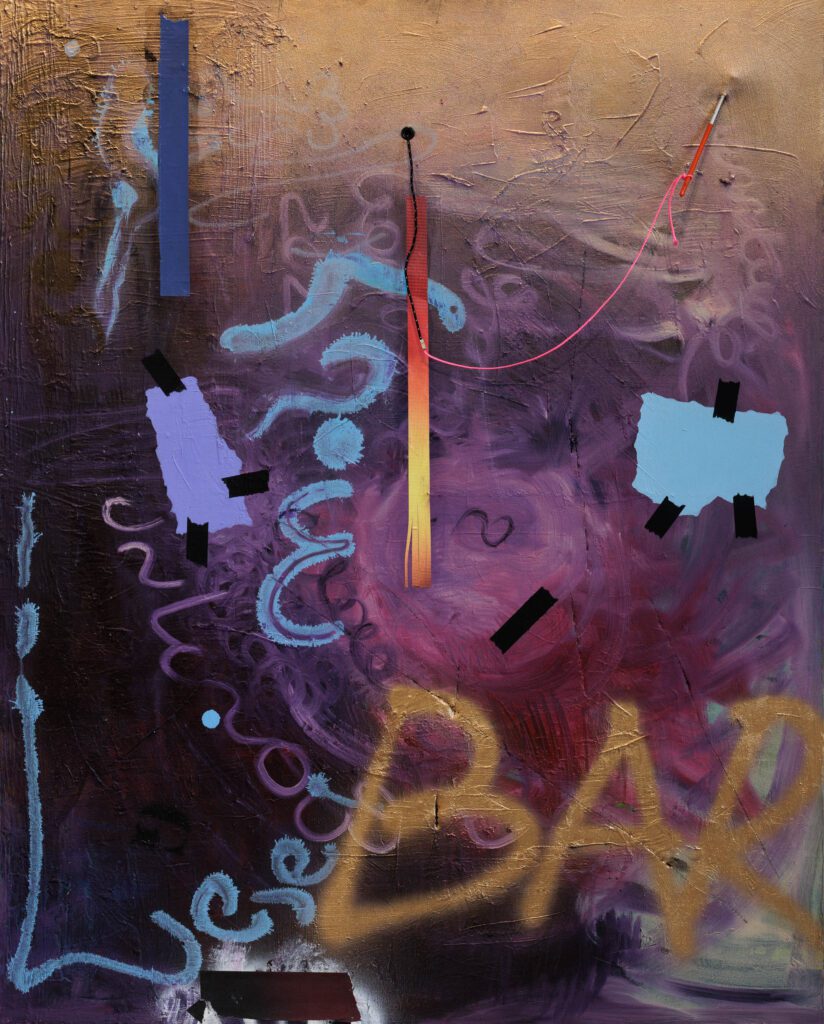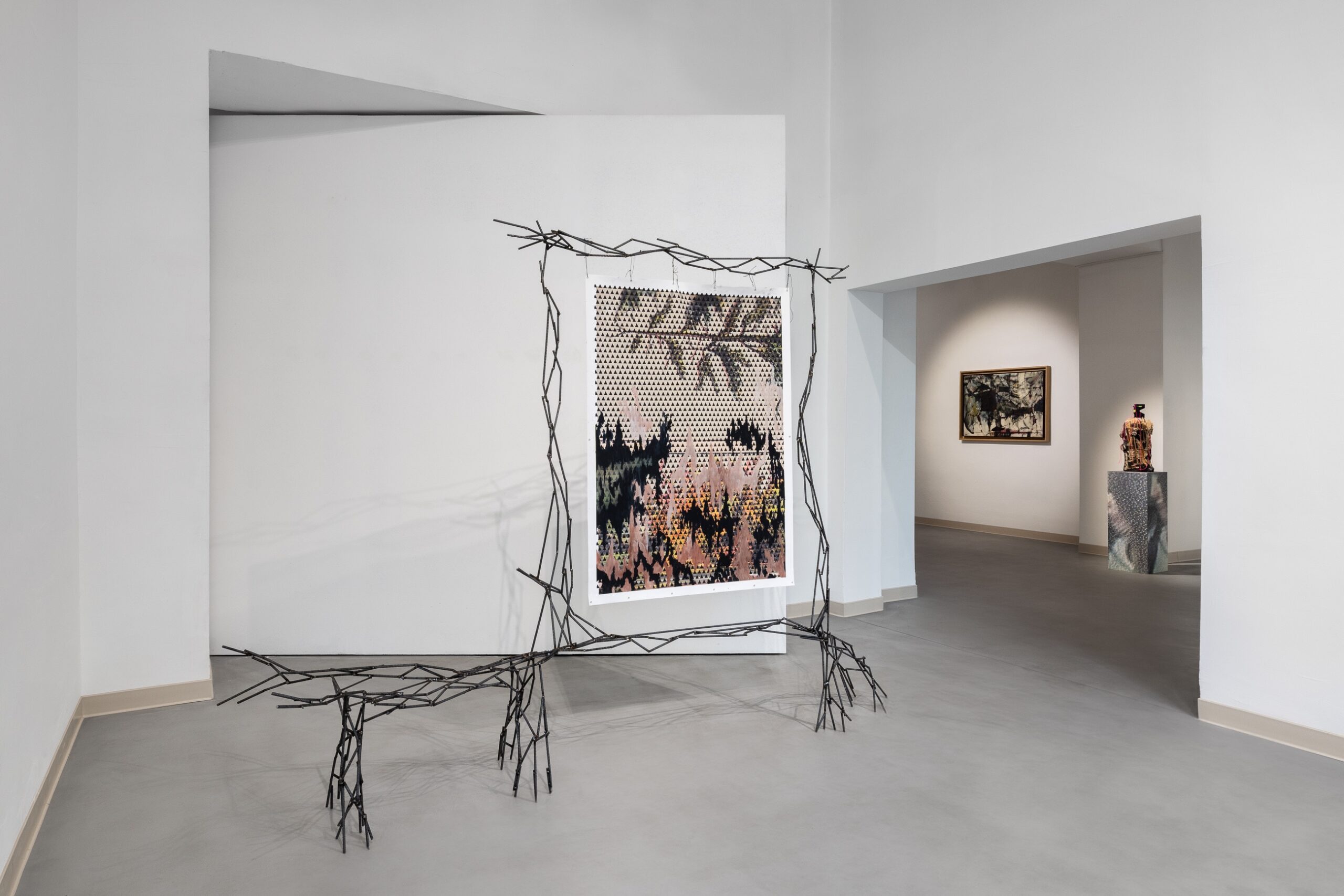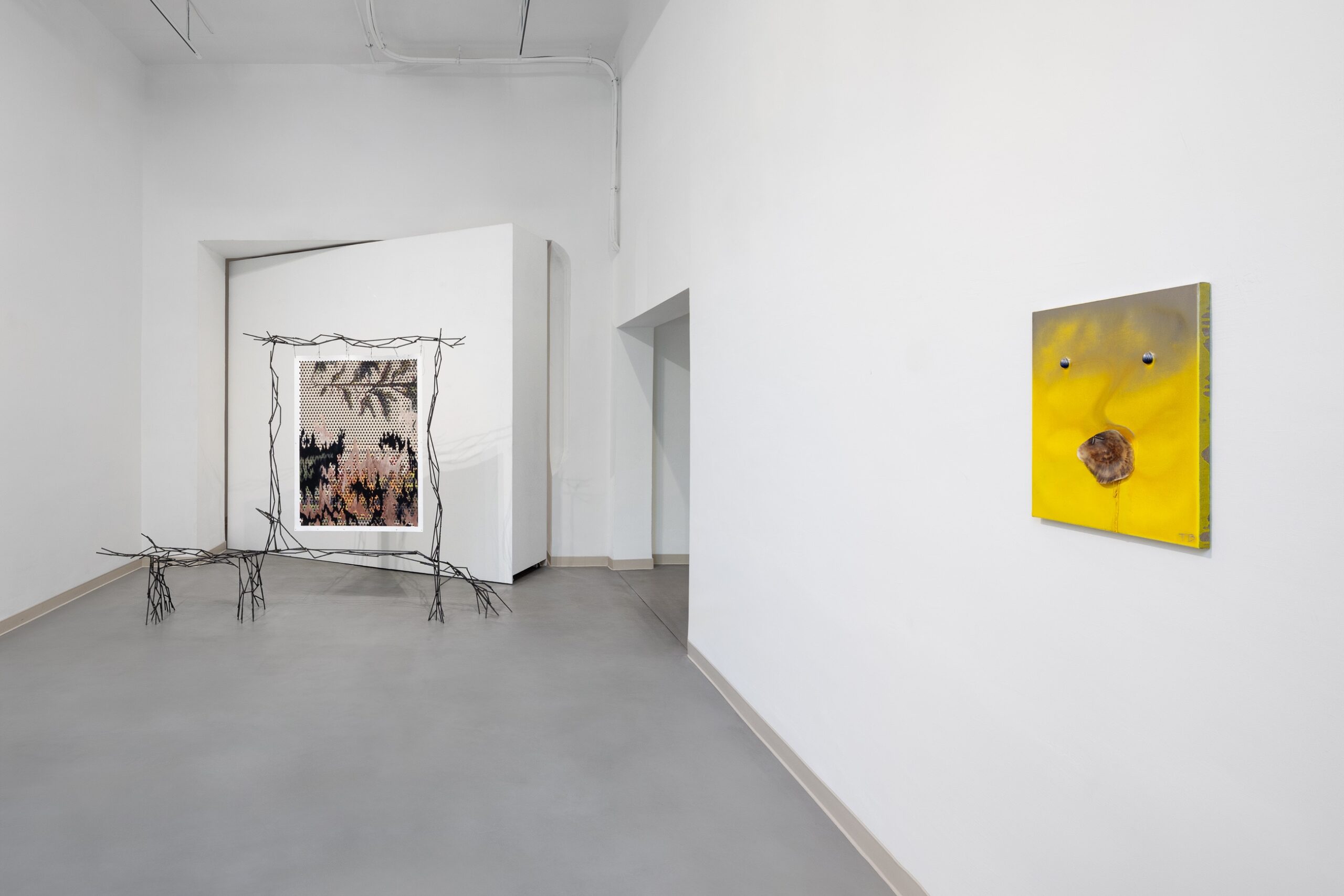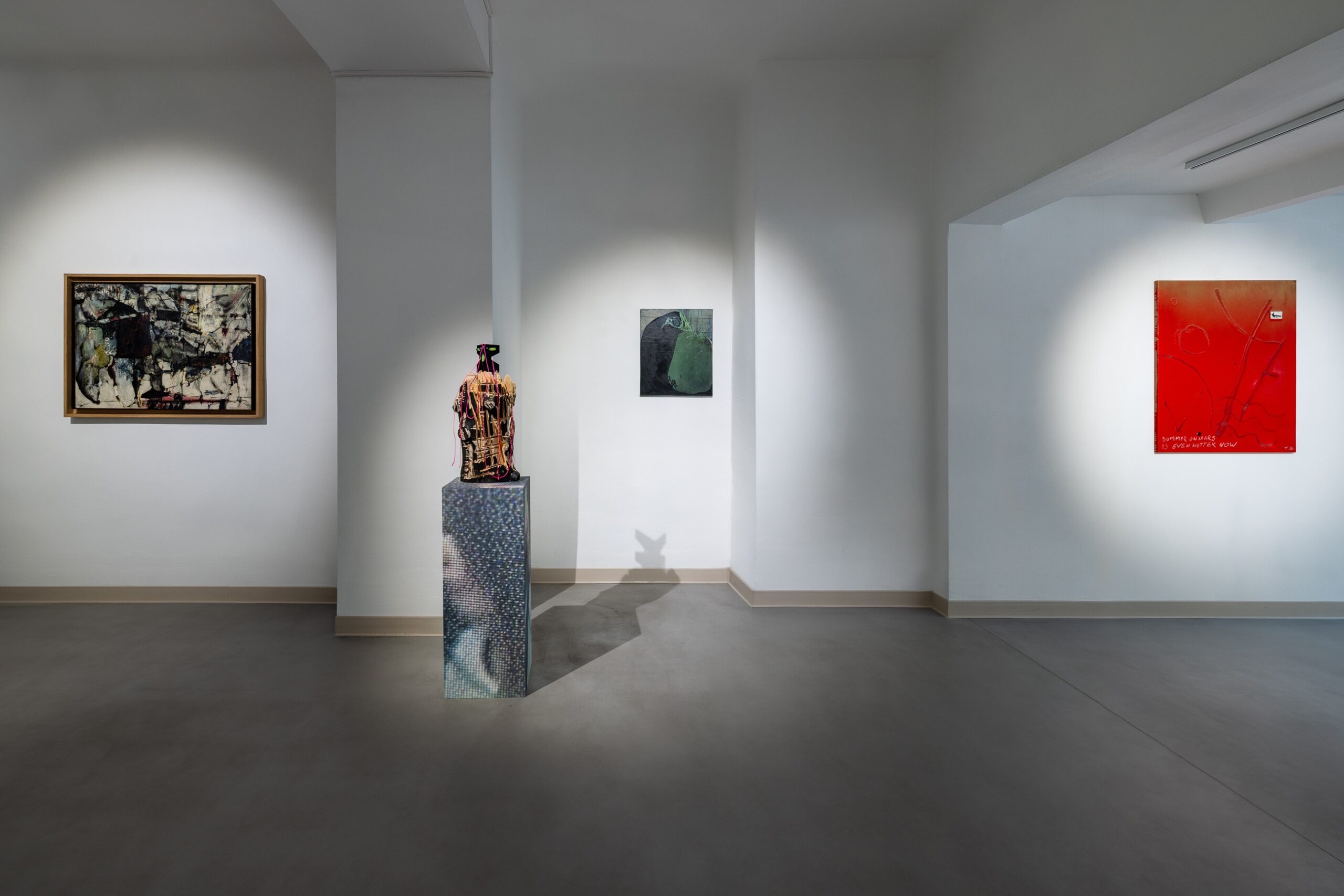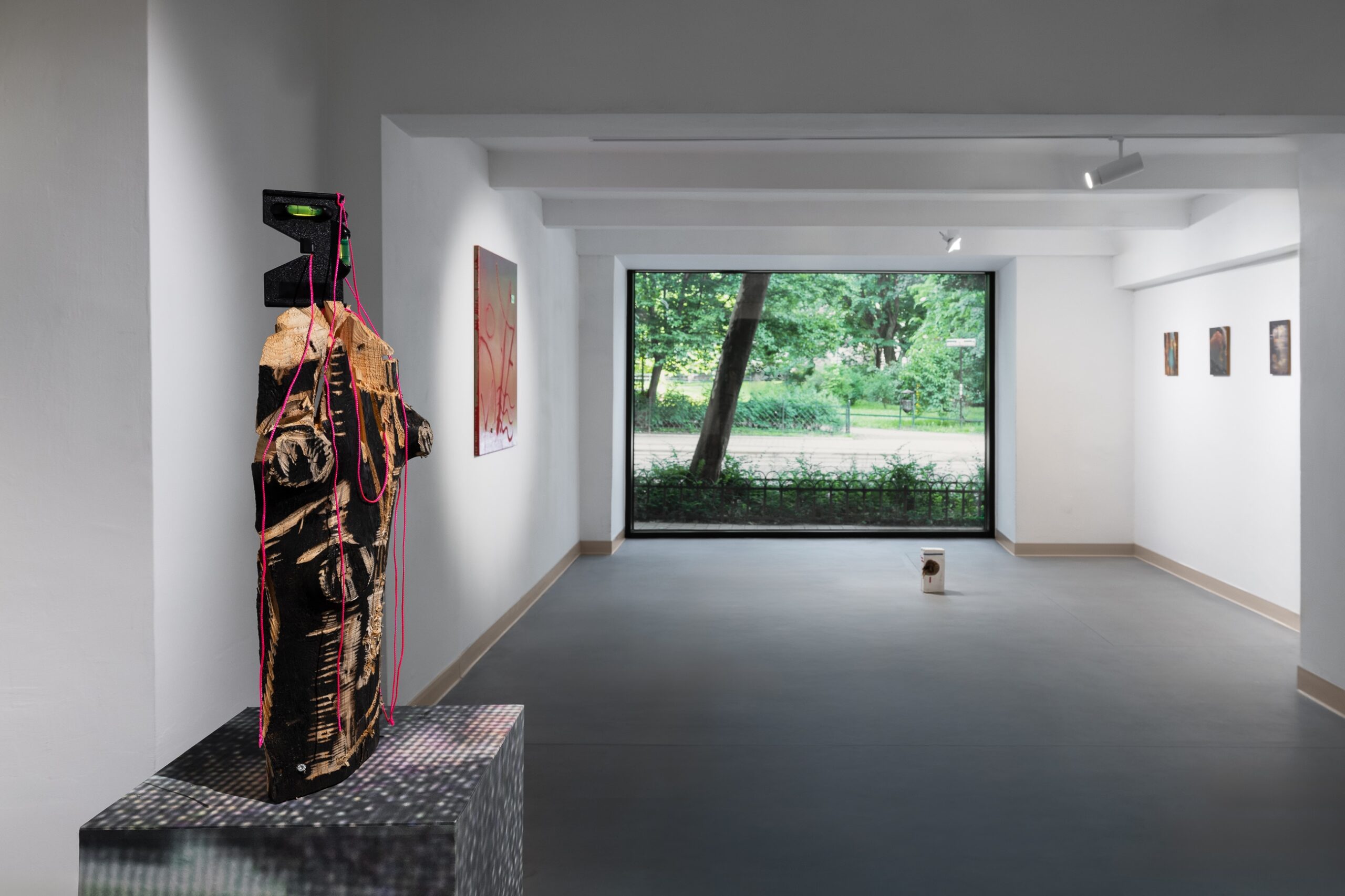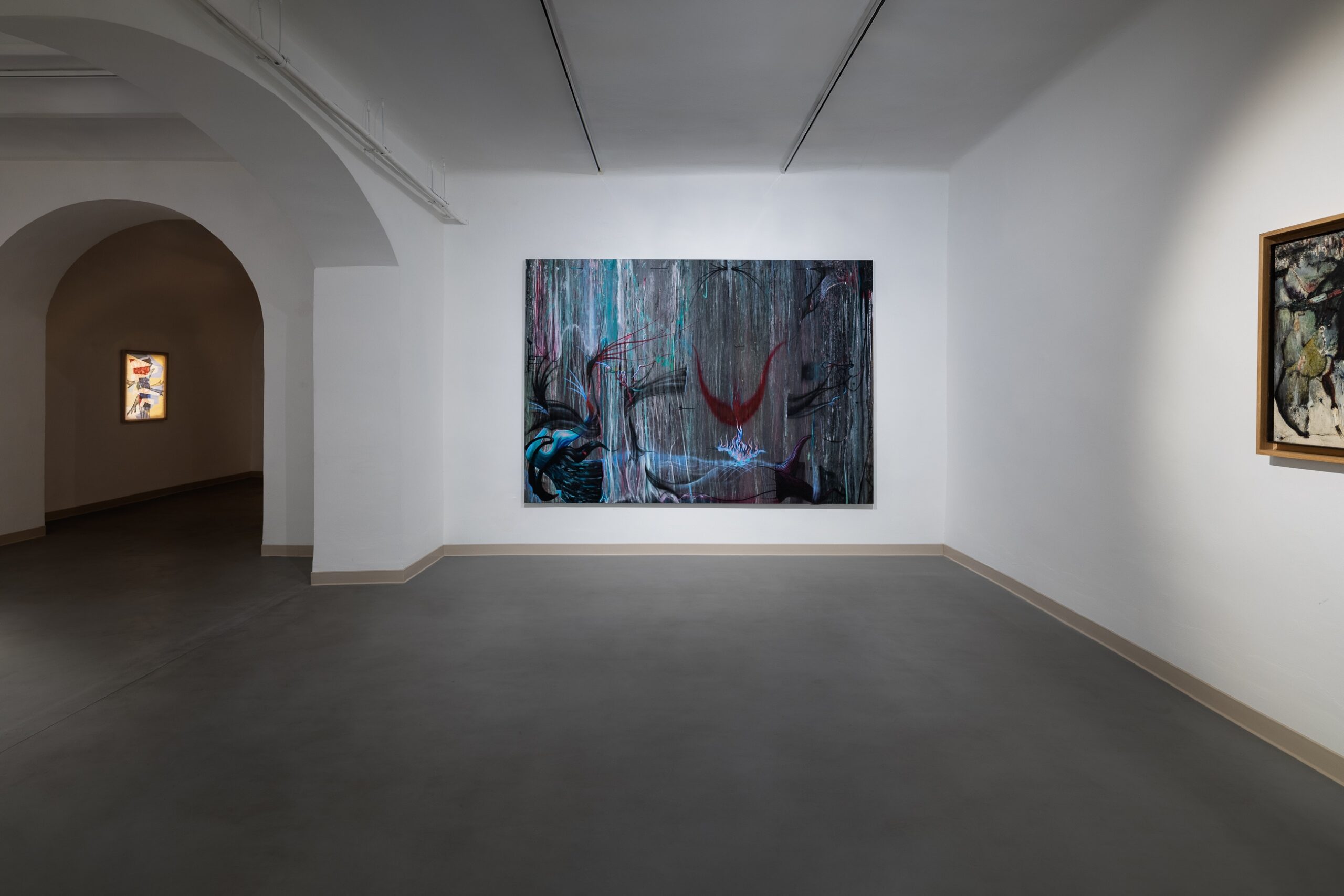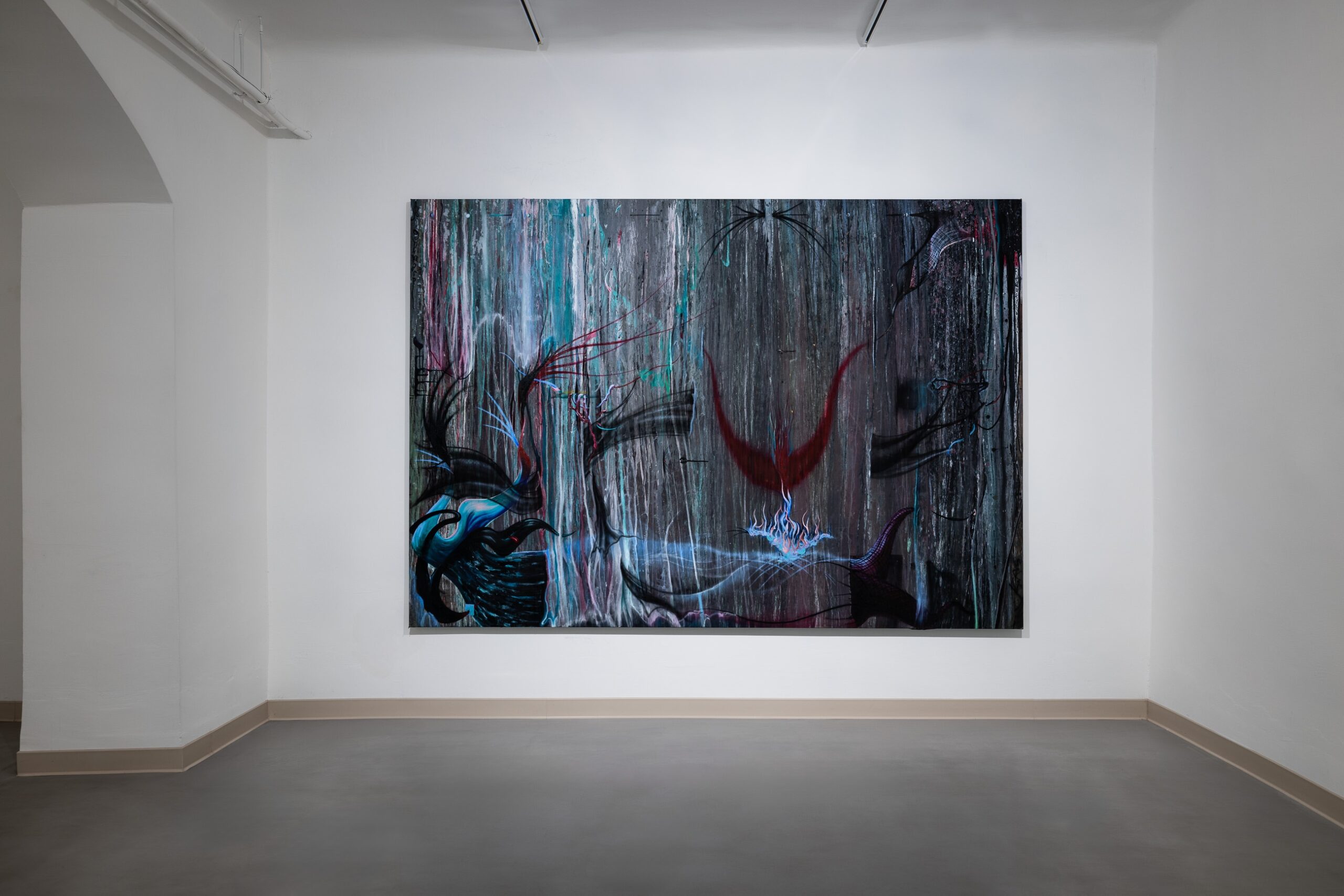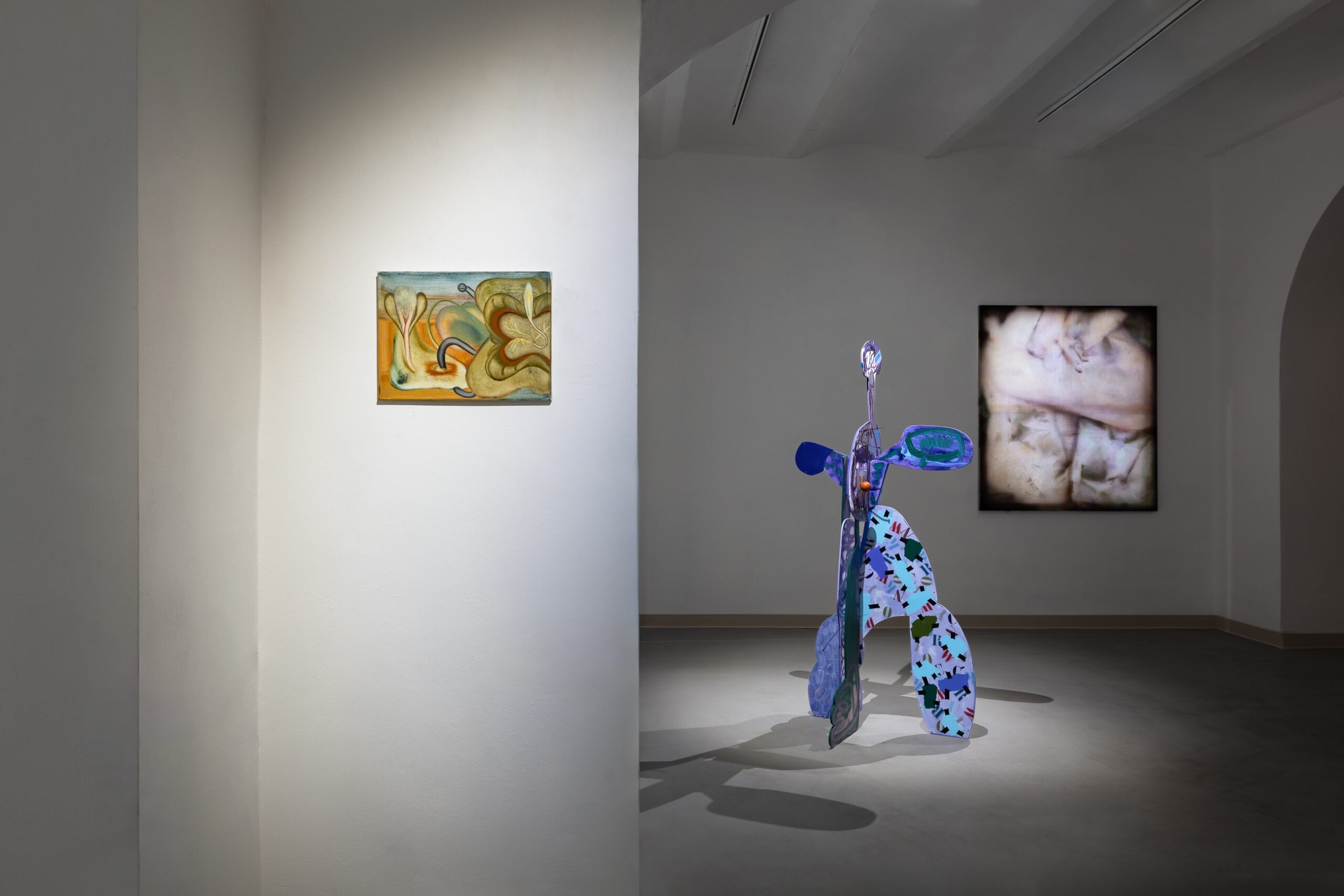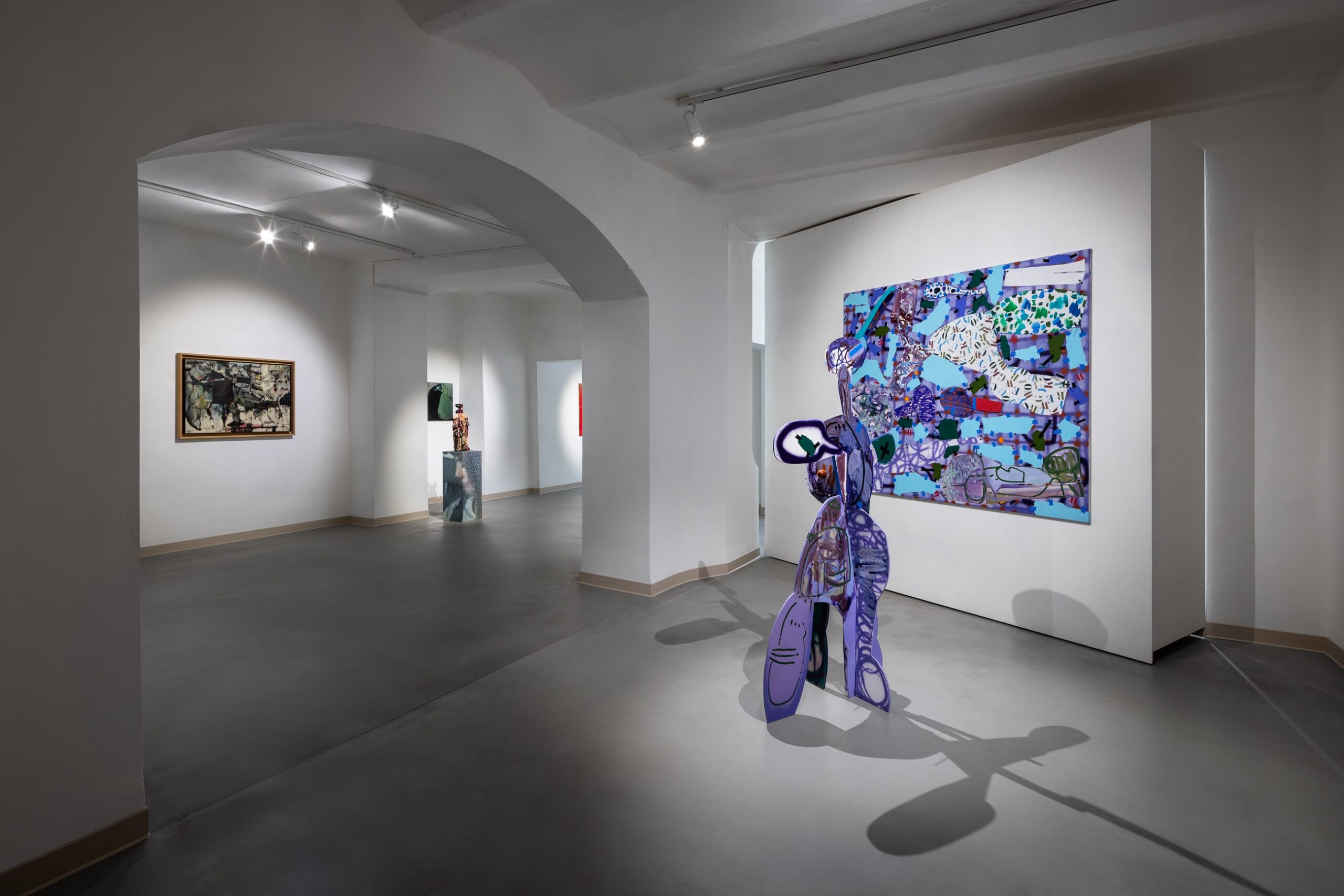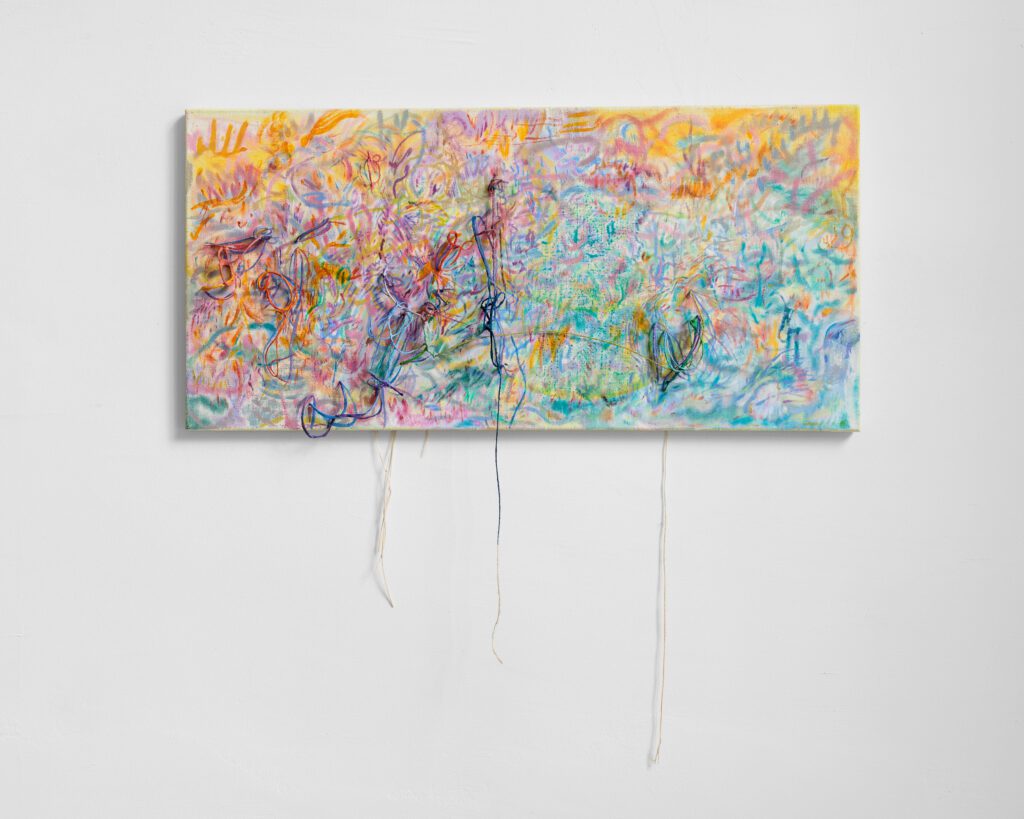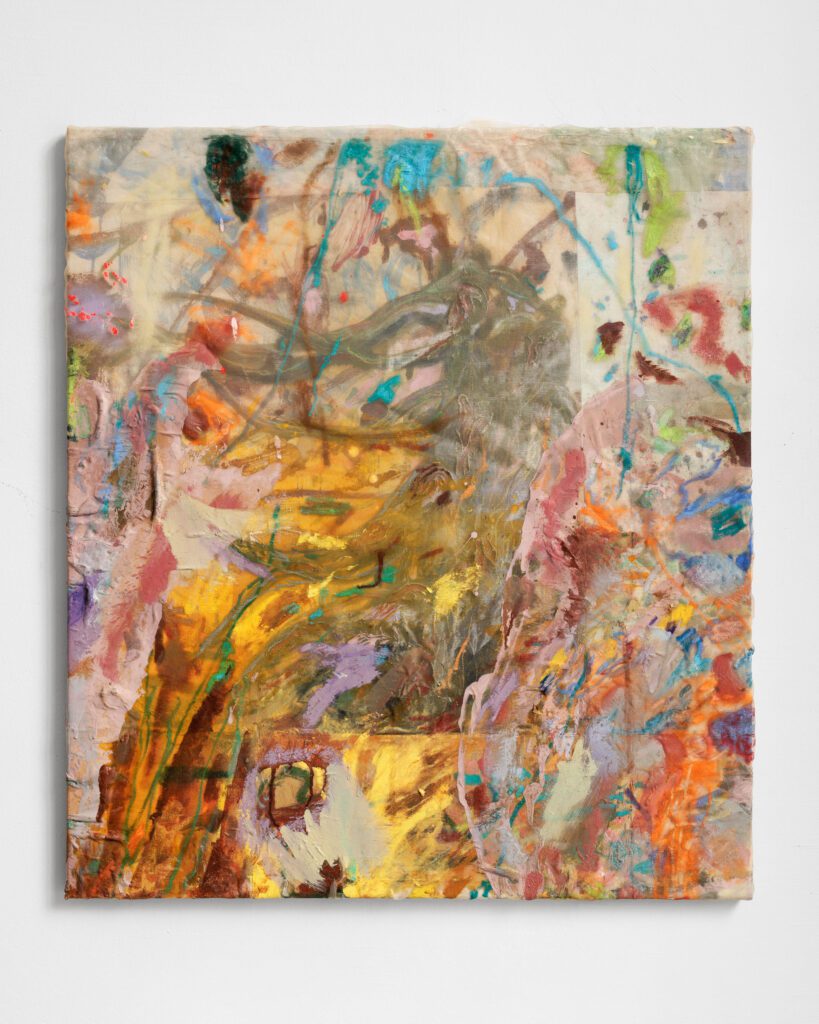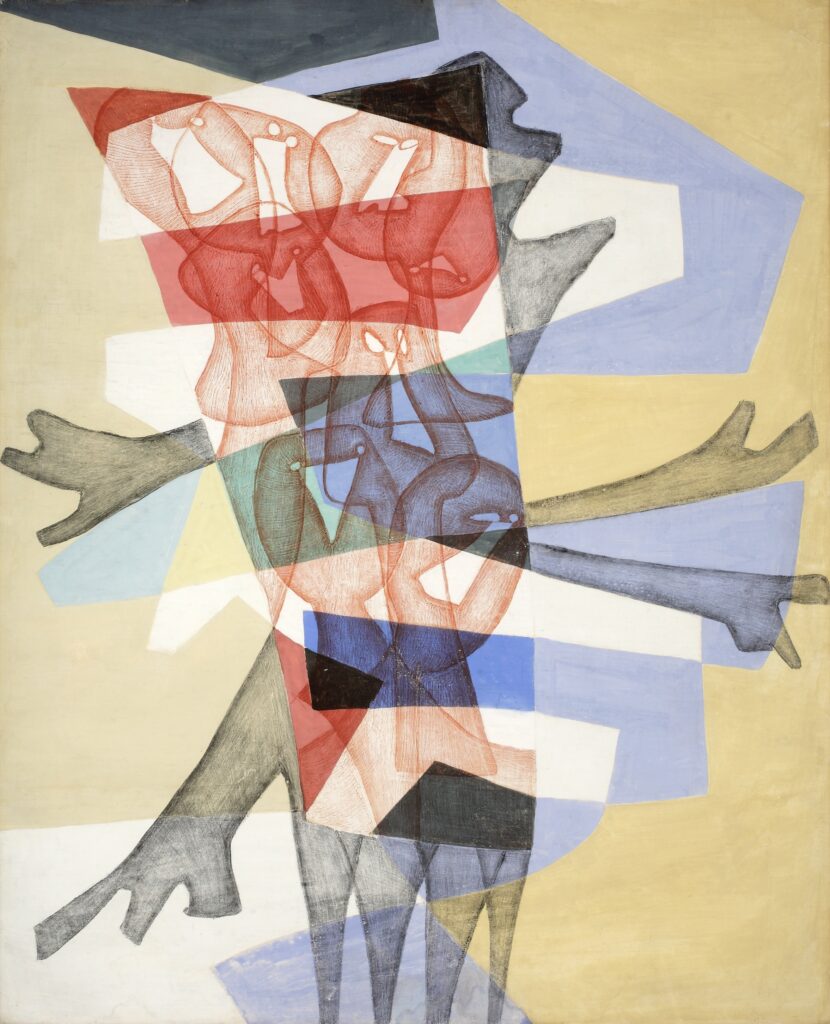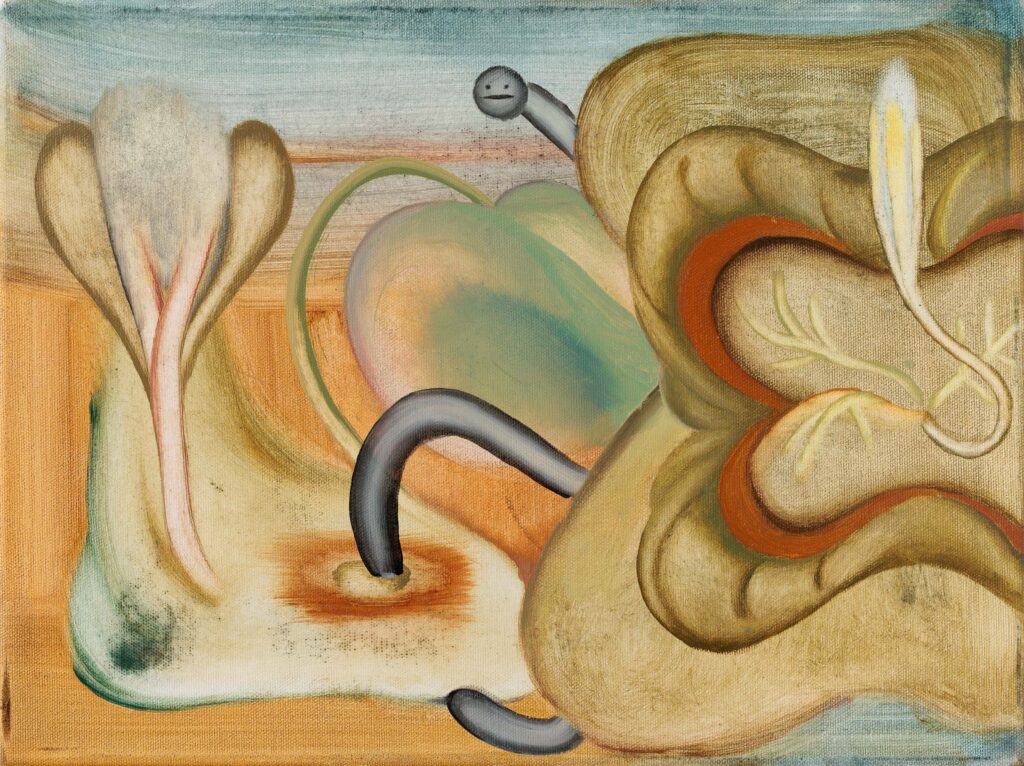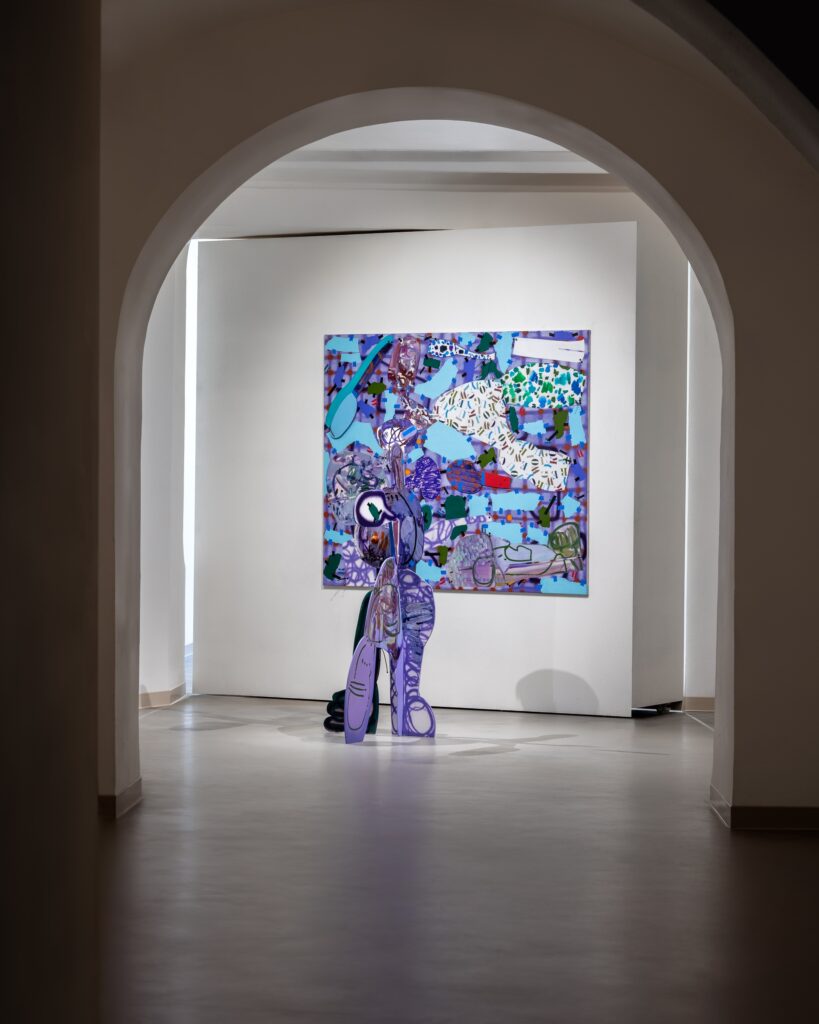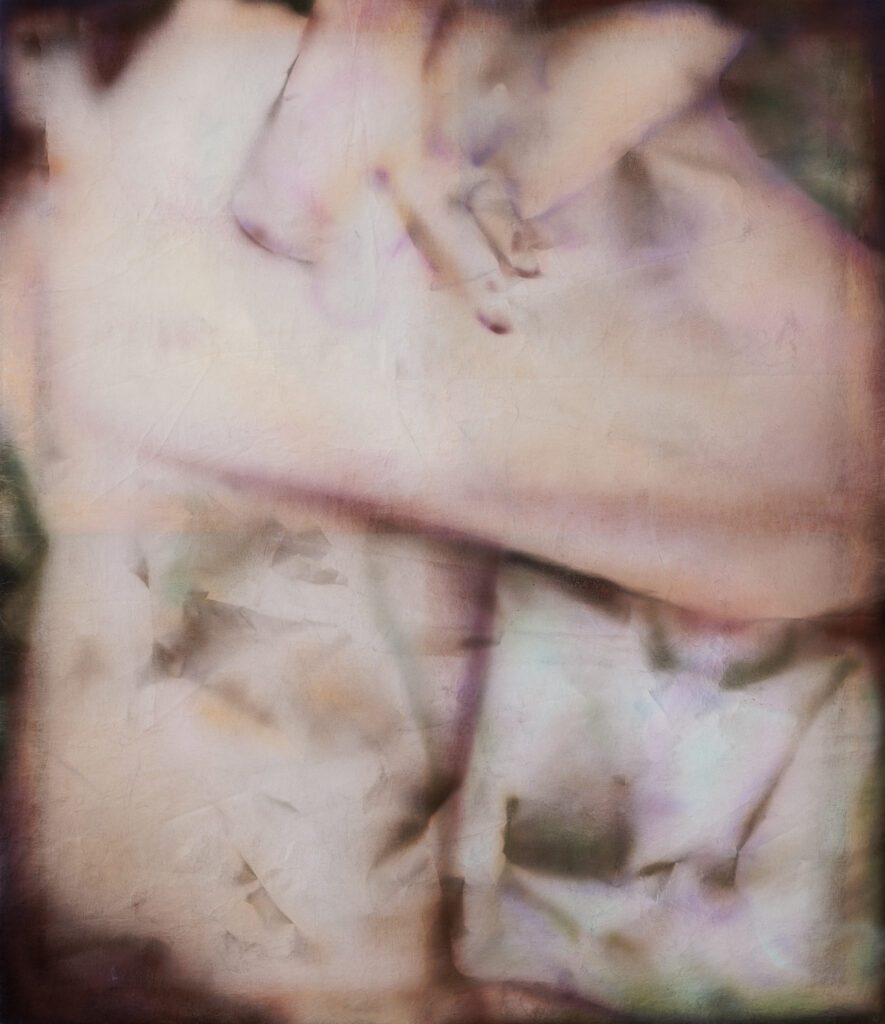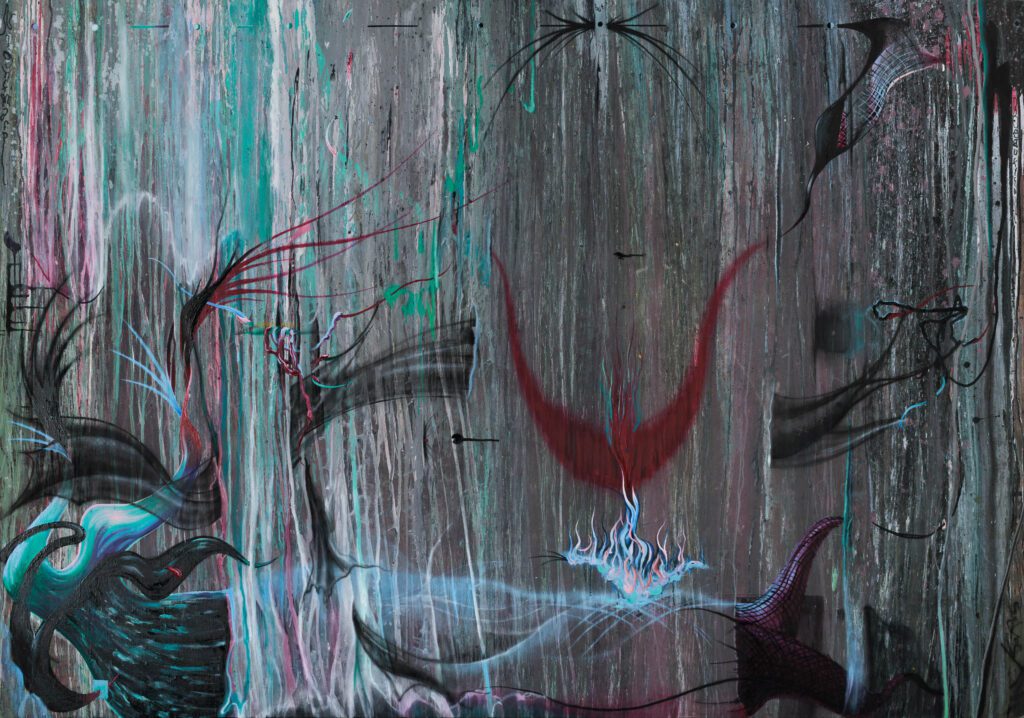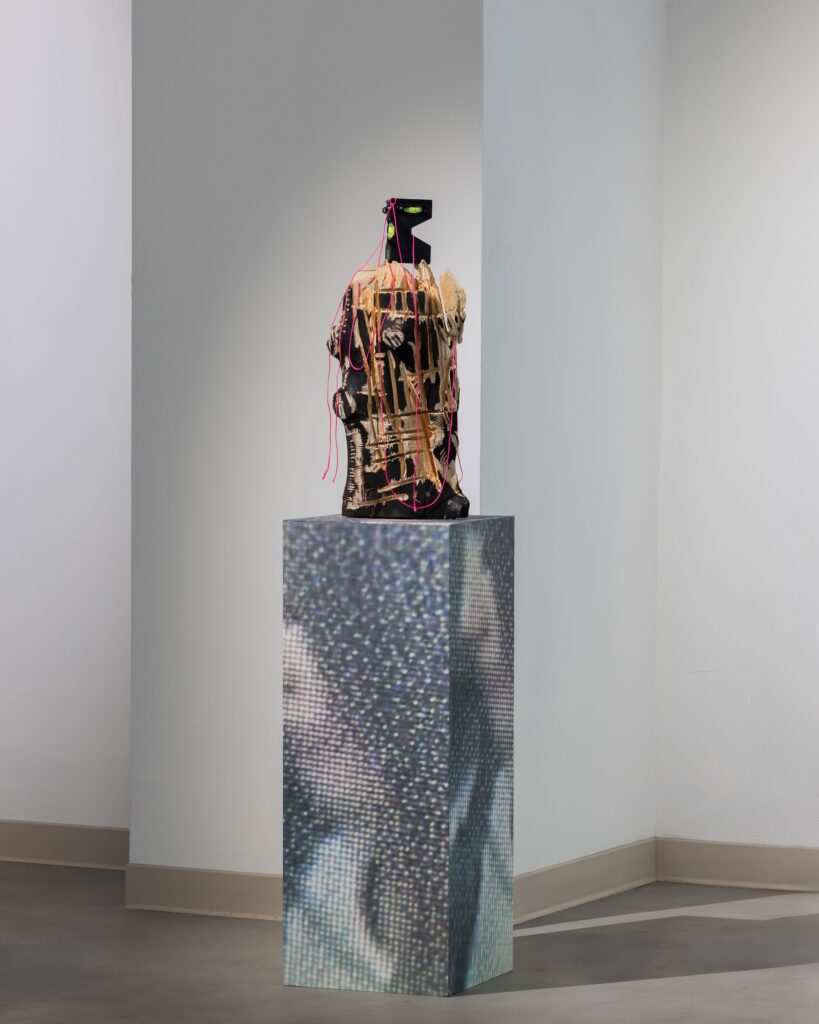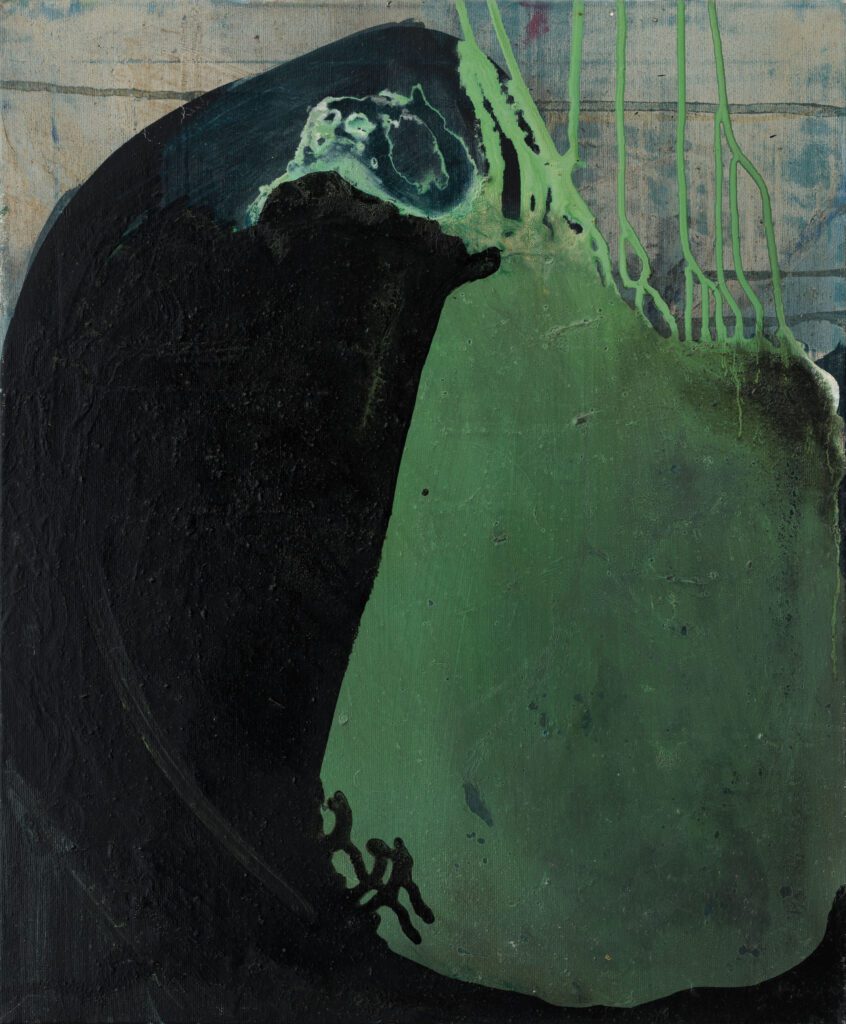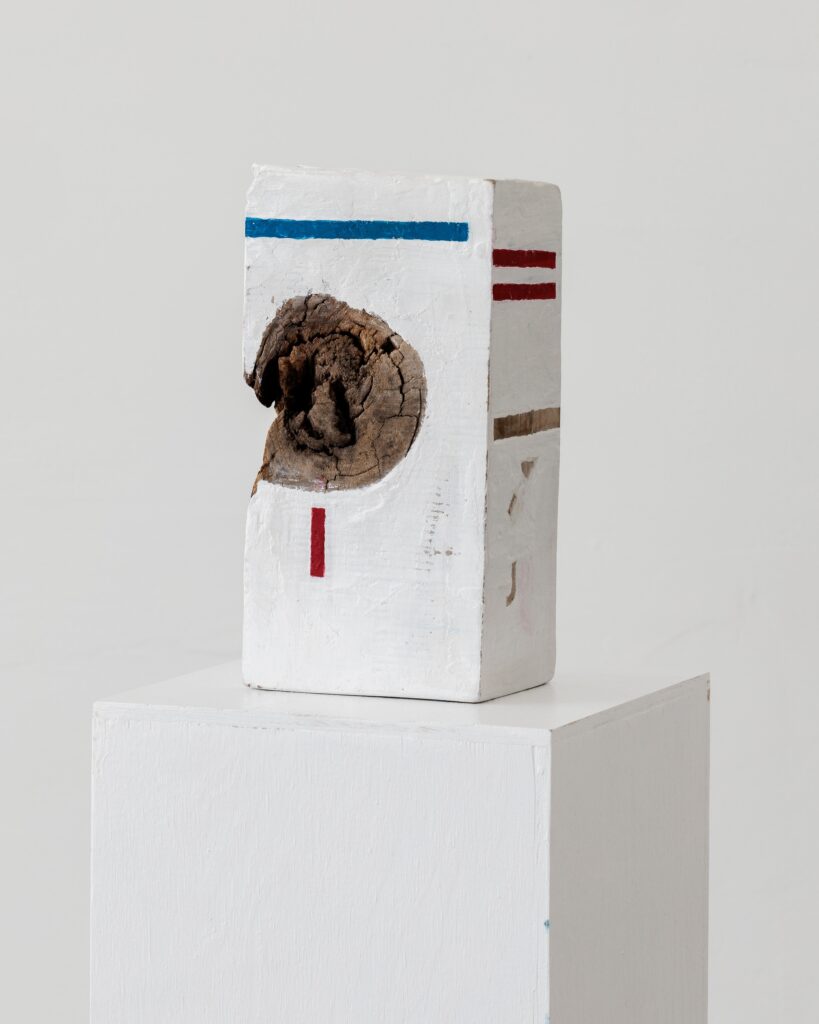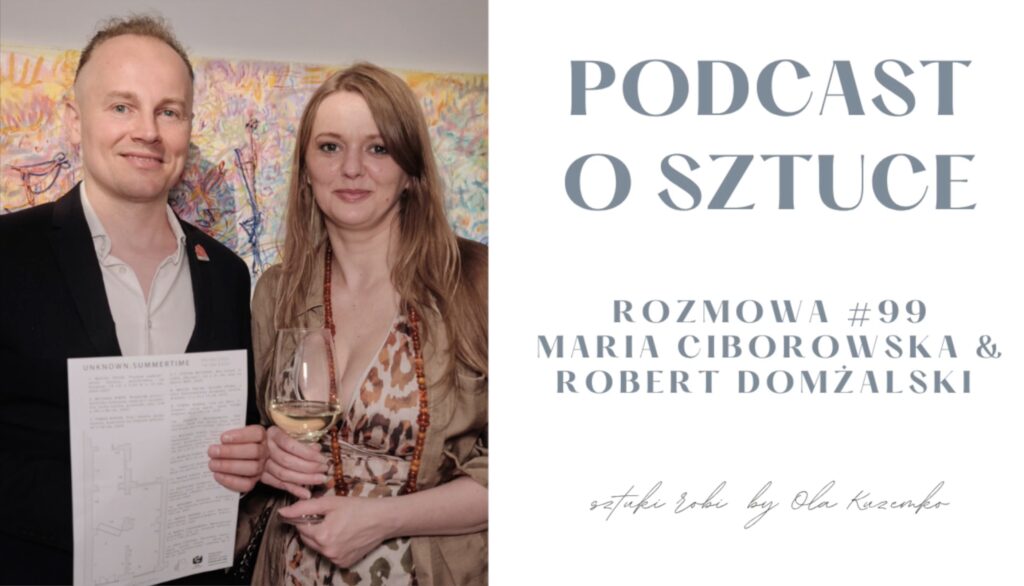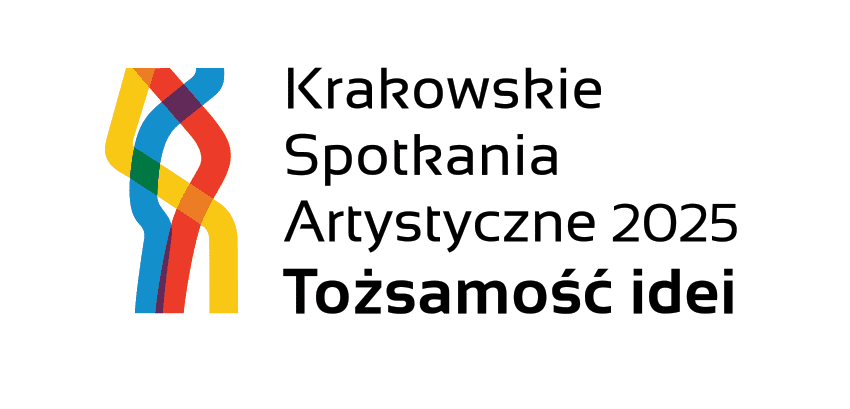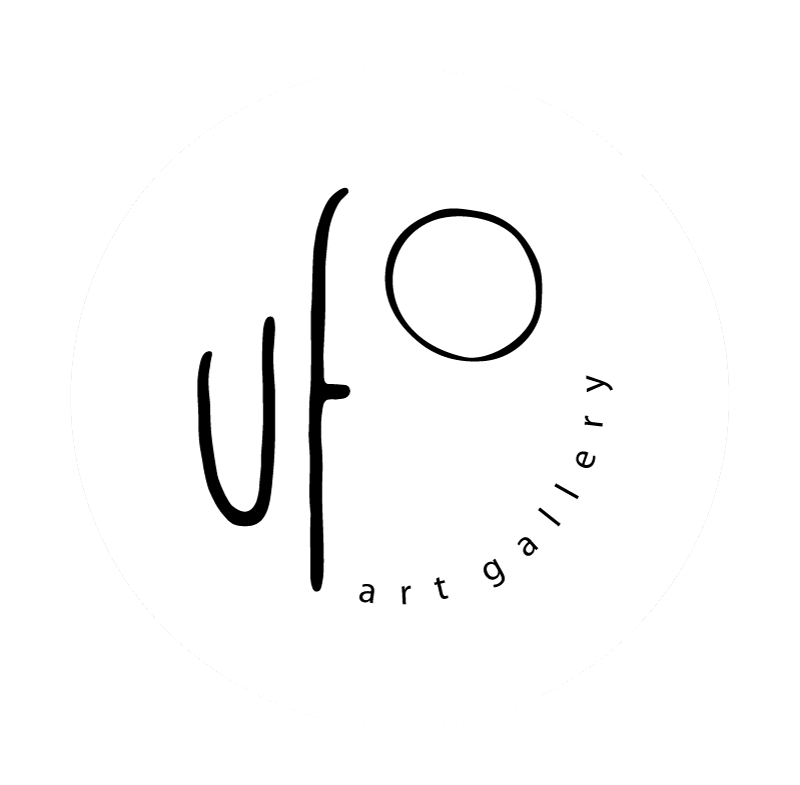To create is to surrender. We, the Artists at UNKNOWN, share a sacred practice: we listen. Our studios are laboratories where intuition whispers the rhythm of a spiritual dance, and the plans of the ego dissolve into the deeper sighs of the soul. Art becomes a fossil of the momentary collision of control and surrender. The real subject here is not the work of art as object, but the cognitive gap between stimulus and understanding. When a surface refuses to adopt familiar patterns, when a material behaves against its established properties, when a visual structure oscillates between multiple possible configurations—these are not aesthetic choices but ontological demonstrations. Here, the act of creation itself is the work of art—a continuous becoming in which chaos gives birth to order, only to be swallowed up again. Every artistic decision is at once an act of revelation and eclipse. Works that function as cognitive mirrors, not in a narcissistic sense, but as literal reflections of thought processes.
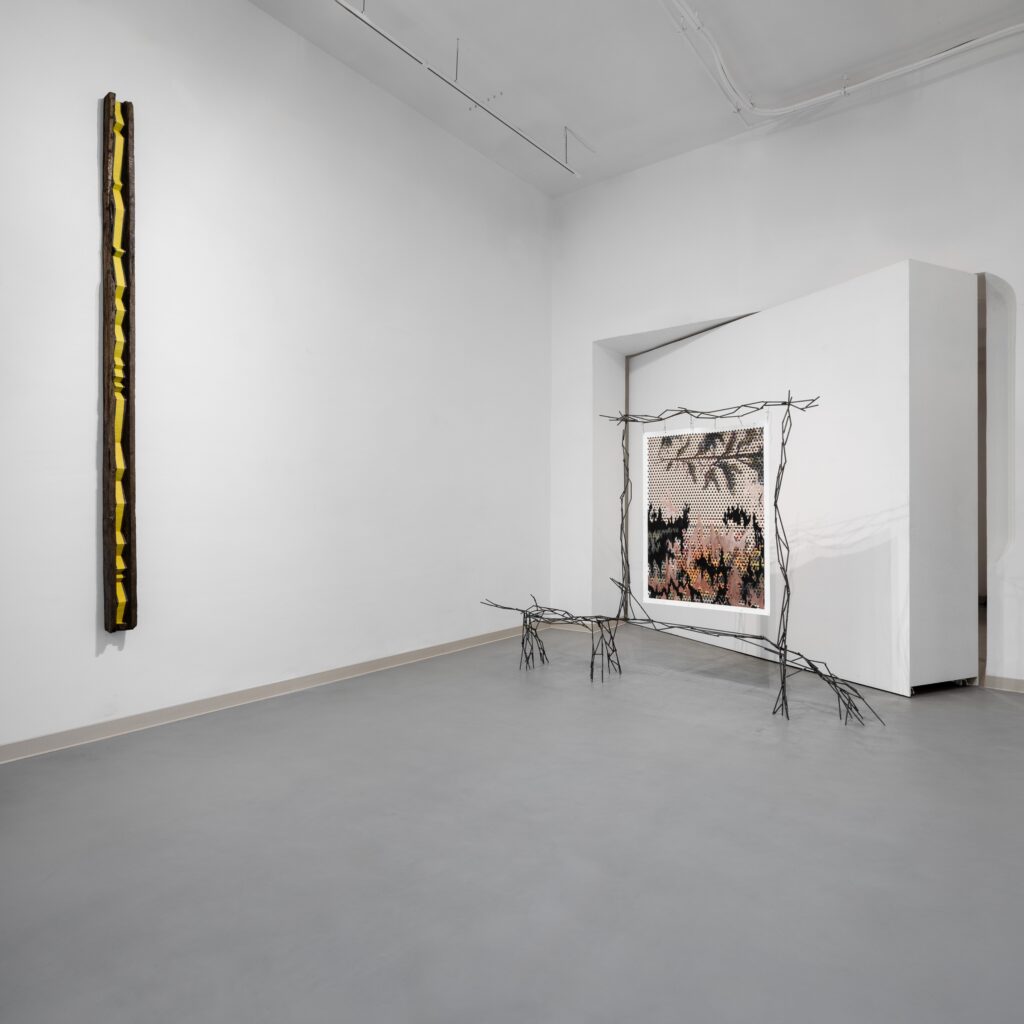

Every artist knows this moment—a blank canvas, an untouched lump of clay, an empty screen. It is a moment of both terror and euphoria, when the mind reaches for certainty but the soul bows into nothingness. The works in UNKNOWN are born from this tension. They do not seek to conquer the unknown, but to converse with it, to let it guide their hand rather than resist its pull. This is not abstraction for the sake of abstraction. The painter does not impose a vision, but follows the trail of traces left behind. The sculptor does not force a shape on the material, but extracts what was already hidden within it. The artists in UNKNOWN are modern alchemists. Our medium is not lead turning into gold, but chaos turning into meaning, ephemeral, fragile, and fiercely alive. The works here are not artifacts, but rituals. To stand before them is not to observe, but to participate in their unfolding.
The unknown is not there. It is within you.
To experience these works is to participate in an experiment on the nature of understanding itself, when meaning ceases to cohere. The value lies not in arriving at the answer, but in sustaining the question as a permanent and productive state. The unknown is the ground on which we stand. As in quantum theory, observation changes the observed: to witness them is to change them and ourselves. We begin in the darkness. Not in the darkness of absence, but in the fertile darkness of potential, one that hums with invisible movement. This is where creation lives, in the space between what we know and what we cannot name. UNKNOWN is not an exhibition; it is an expedition into this primal territory, a collective act of listening to the whispers of the invisible. The works on display are not relics of resolved ideas, but evidence of continuous becoming. To witness them is to trace the contours of a process in which the creator is also destroyed and recreated.
UNKNOWN offers not answers, but a meeting.
Maria Ciborowska
